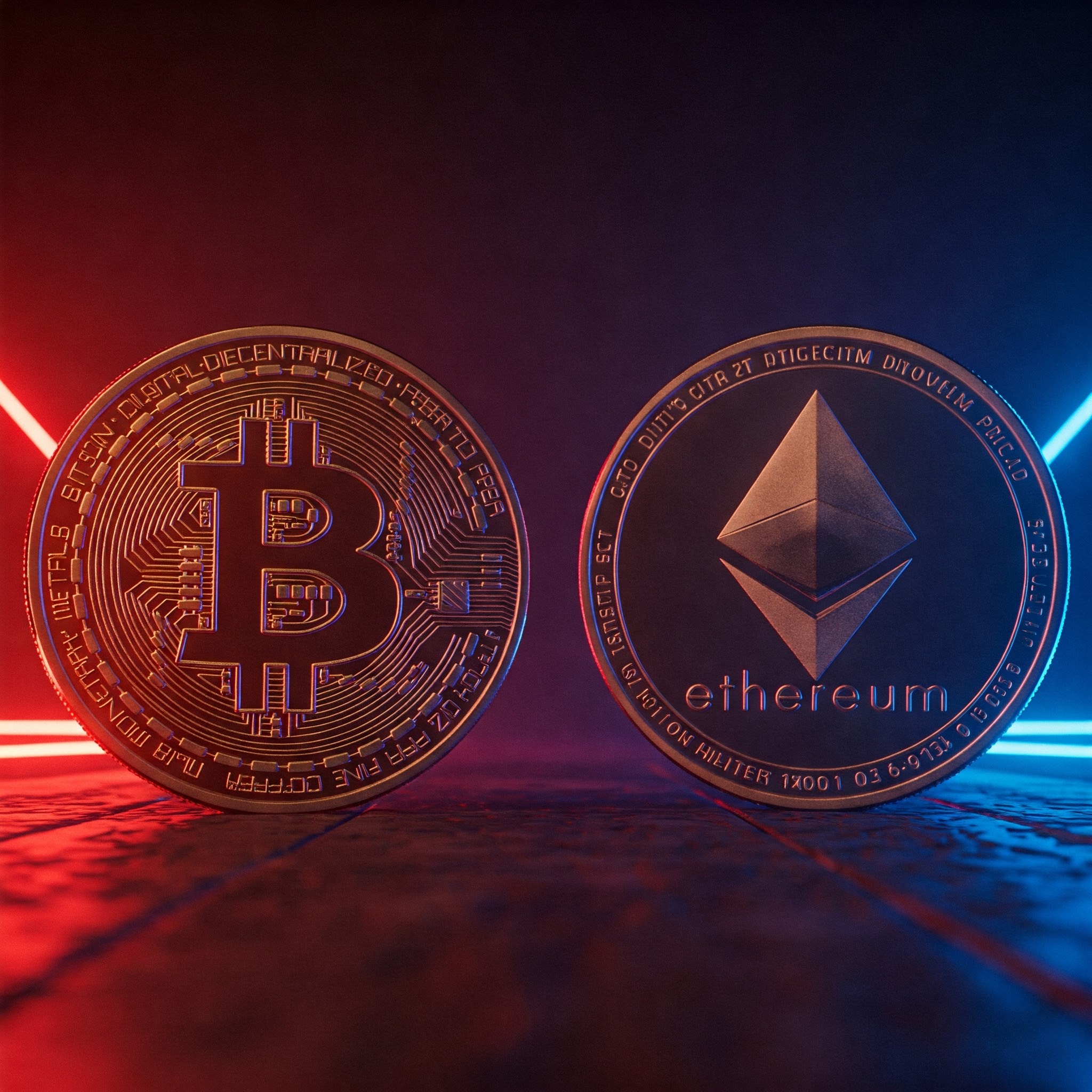Introduction
Cryptocurrency has revolutionized the financial world, offering decentralized, borderless, and secure transactions. Whether you’re an investor, trader, or just curious, this guide will help you understand the basics of crypto and how to start.
What is Cryptocurrency?
Cryptocurrency is a digital or virtual currency secured by cryptography, making it nearly impossible to counterfeit. Unlike traditional money, cryptocurrencies operate on decentralized networks based on blockchain technology.
Popular Cryptocurrencies
- Bitcoin (BTC) – The first and most widely used cryptocurrency.
- Ethereum (ETH) – Known for its smart contract functionality.
How to Get Started with Cryptocurrency
1. Choose a Cryptocurrency Wallet
A wallet is essential for storing and managing your crypto. There are two main types:
- Hot Wallets – Online wallets for quick access (e.g., MetaMask, Trust Wallet).
- Cold Wallets – Offline wallets for better security (e.g., Ledger, Trezor).
2. Select a Cryptocurrency Exchange
Exchanges allow you to buy, sell, and trade crypto. Some popular platforms include:
- Binance – High liquidity and diverse crypto offerings.
- Coinbase – User-friendly and beginner-friendly.
- Kraken – Advanced security and trading options.
- Bybit – Popular for futures and leverage trading.
3. Buy Your First Cryptocurrency
Once you’ve set up an exchange account, you can deposit funds via:
- Bank Transfer – Secure but may take time.
- Credit/Debit Card – Faster but may have fees.
- Peer-to-Peer (P2P) – Direct transactions between users.
4. Secure Your Investments
- Enable Two-Factor Authentication (2FA) – Adds an extra security layer.
- Use a Hardware Wallet – Best for long-term holding.
- Beware of Scams – Avoid suspicious links and offers.
5. Learn About Crypto Investing & Trading
- HODLing – Long-term investment strategy.
- Day Trading – Buying and selling within short periods.
- Staking & Yield Farming – Earning passive income through crypto.
Use Cases of Cryptocurrency as a New Asset Class
Cryptocurrency is more than just an investment; it serves various functions that redefine traditional finance and other industries.
1. Decentralized Finance (DeFi)
DeFi platforms provide financial services such as lending, borrowing, and earning interest without the need for traditional banks. Examples include Aave, Compound, and Uniswap.
2. Non-Fungible Tokens (NFTs)
NFTs represent ownership of unique digital assets, including art, music, and virtual real estate. Platforms like OpenSea and Rarible facilitate NFT transactions.
3. Cross-Border Payments
Cryptocurrencies enable fast, low-cost, and borderless transactions, reducing reliance on banks and expensive remittance services. Stablecoins like USDT and USDC are often used for this purpose.
4. Smart Contracts & Automation
Ethereum and similar blockchains support self-executing smart contracts that remove intermediaries in agreements, automating business processes.
5. Tokenization of Assets
Real-world assets, such as real estate and stocks, can be tokenized and traded on blockchain networks, making investments more accessible and liquid.
6. Metaverse & Gaming
Blockchain-based virtual worlds like Decentraland and The Sandbox allow users to buy, sell, and trade digital assets in a decentralized ecosystem.
7. Privacy & Security
Cryptocurrencies like Monero (XMR) and Zcash (ZEC) prioritize privacy, enabling users to transact securely without exposing personal information.
Future of Cryptocurrency
The crypto space is evolving rapidly with innovations like decentralized finance (DeFi), non-fungible tokens (NFTs), and Web3. Staying updated with market trends and news will help you navigate this exciting industry.
Frequently Asked Questions (FAQ)
1. Is cryptocurrency a good investment?
Cryptocurrency can be a profitable investment, but it is highly volatile. It’s essential to research and invest only what you can afford to lose.
2. How do I store my cryptocurrency safely?
Using a combination of a hot wallet for transactions and a cold wallet for long-term storage is the safest approach. Always enable two-factor authentication (2FA).
3. What is the difference between Bitcoin and Ethereum?
Bitcoin is primarily a digital currency, whereas Ethereum supports smart contracts, allowing developers to build decentralized applications.
4. Where can I learn more about cryptocurrency?
You can explore resources such as CoinMarketCap, CoinGecko, and CryptoSlate for up-to-date information.
Conclusion
Starting with cryptocurrency requires research, security measures, and a solid strategy. By following these steps, you’ll be on your way to understanding and investing in digital assets with confidence.



 What Makes Gold an Asset?
What Makes Gold an Asset? The Golden Bit of It: Gold, Bitcoin, and Your Portfolio
The Golden Bit of It: Gold, Bitcoin, and Your Portfolio